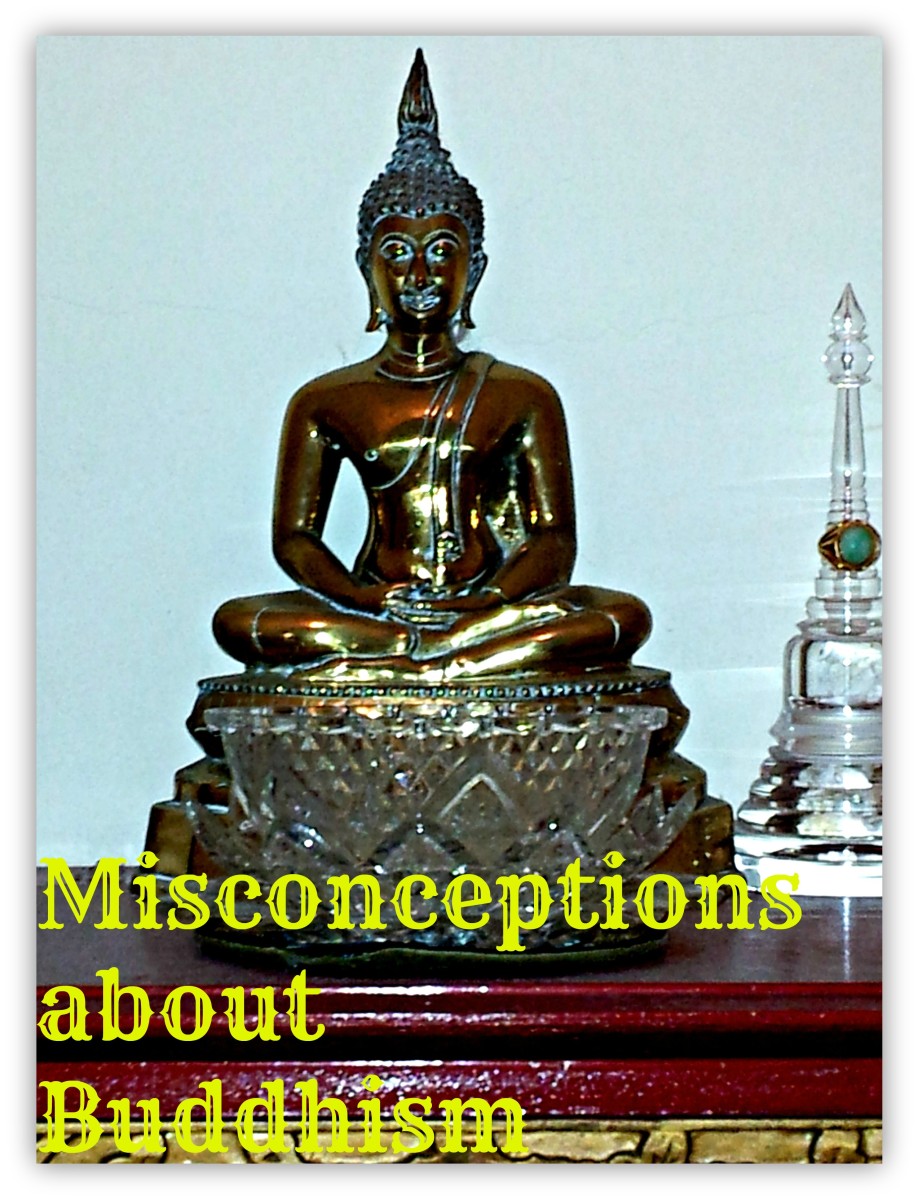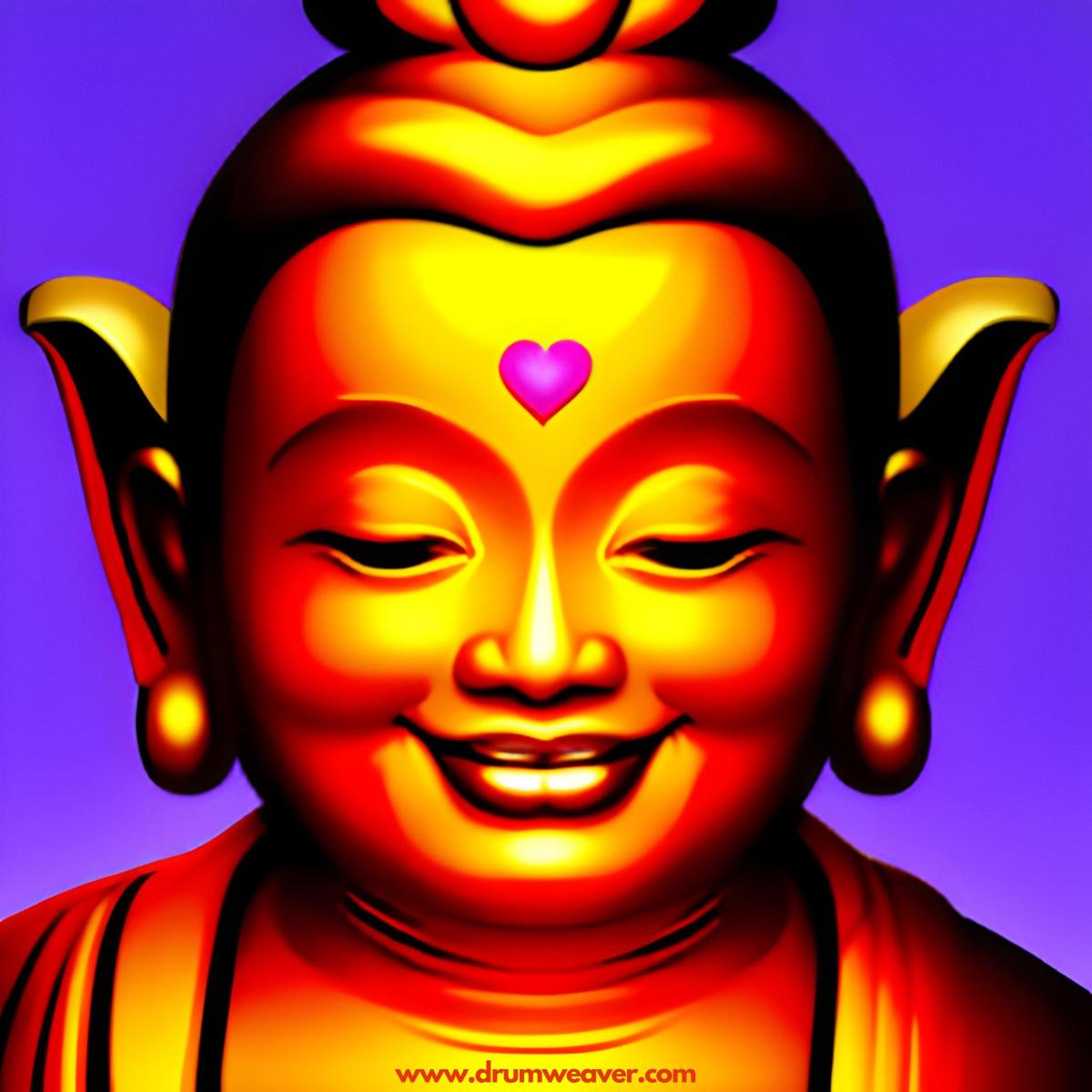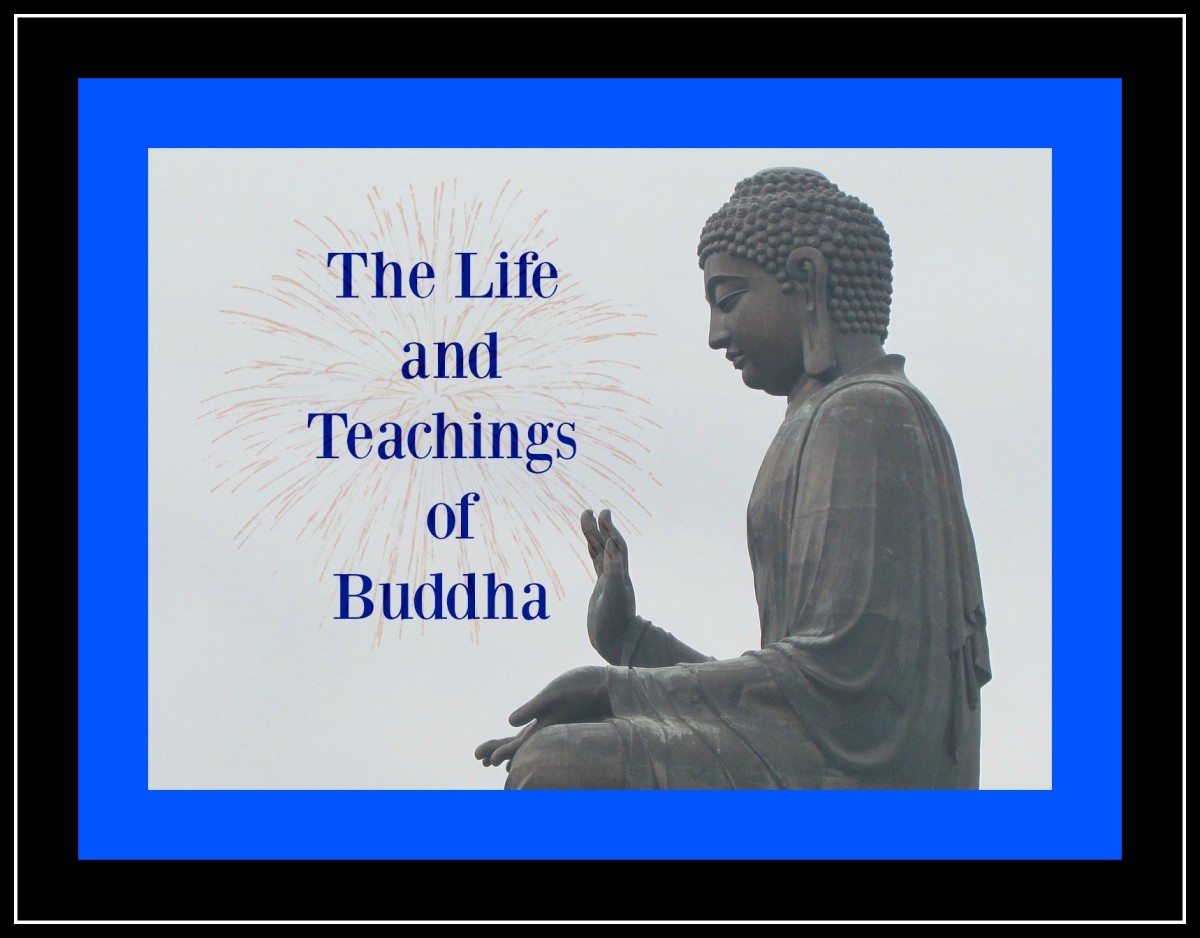A Survey of Buddhism
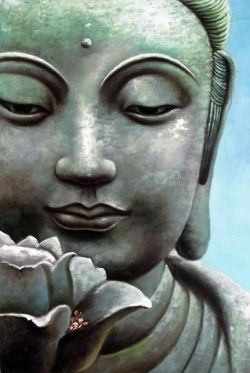
A Survey of Buddhism by Sangharakshita
In A Survey of Buddhism, Sangharakshita explores the different types of Buddhism and sets out what they have in common - the central Dharma teachings.
I have written this lens in gratitude to my teacher, the Venerable Urgyen Sangharakshita.
A Survey of Buddhism by Sangharakshita - Review of A Survey of Buddhism by Sangharakshita

What Is a Buddha? - Why the Buddha Was Unique
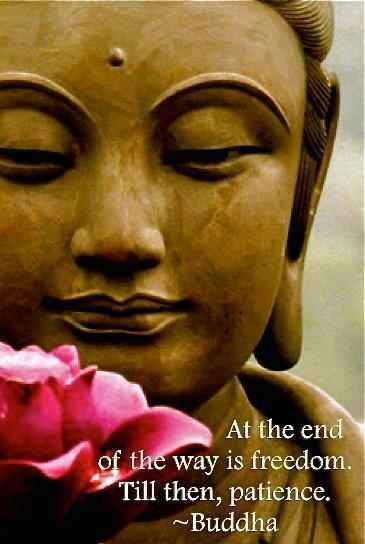
When the Buddha Shakyamuni attained Enlightenment, he perceived existence in a way that nobody else had. He did this without a teacher. The tradition tells us that he rediscovered the Path after all memory of it had died out. The author explains that this set him apart from any other Enlightened being. Many thousands of people have attained Enlightenment as a direct result of the Buddha's teaching, but he was the first, and this makes him unique.
The Buddha's First Teaching
Once he attained Enlightenment, the Buddha Shakyamuni did not think he would be able to explain or communicate what he had learned. No one else could possibly understand what he had perceived – the nature of existence itself.
The tradition says that Shakyamuni was visited by the god of gods, Brahmasahumpati, who prevailed on him to teach, saying that there were those who had “but little dust” in their eyes, who could be made to understand. Shakyamuni then spent the rest of his life, roughly 45 years, teaching the Dharma (the “truth”, or “the way things are”). Thousands of people attained full and perfect Enlightenment during the Buddha’s lifetime, as a direct result of his teaching.
Doctrine vs. Method
The Buddha's Teaching of Conditioned Co-production
In A Survey of Buddhism, the Venerable Urgyen Sangharakshita emphasizes the distinction between Doctrine and Method. He makes the point that many Buddhists and writers on Buddhism have not made this distinction clear.
When I was first starting to learn about Buddhism, I would open Buddhist books which often began "The Buddha's first teaching was that all life is suffering". At which point, I would think, “Buddhism is not for me", and put down the book.
However, this is a misrepresentation. The Buddha's first teaching was conditionality, or to be precise, pratitya-samutpada, which can be translated as "conditioned co-production".
Pratitya-samutpada can be summarised by the traditional phrase:
"This being, that becomes; in dependence upon this, that arises.
"This not being, that does not become; from the ceasing of this, that ceases".
On Dharma Day, we celebrate the Buddha's first teaching, the first turning of the wheel of the Dharma. We commemorate that day, seven weeks after his Enlightenment, when the Buddha taught the Four Noble Truths, as follows:
1. dukkha ("suffering" or "unsatisfactoriness")
2. the arising of suffering
3. the end of suffering
4. the way to the end of suffering.
As the author points out, the teaching, or Doctrine, was conditionality; the Four Noble Truths were Method. It is vital to recognise the distinction between these two in order to understand the Buddha's teaching.
Method could be described as "skilful means" - ways in which the Buddha communicated his Insight so that others could understand it.
The Four Noble Truths can be applied to any phenomenon. For example:
1. cheese (a dairy product)
2. the arising of cheese
3. the end of cheese
4. the way to the end of cheese.
This example probably doesn't work. But it is just one of an endless number of potential applications of the Four Noble Truths.
Different Buddhist Traditions
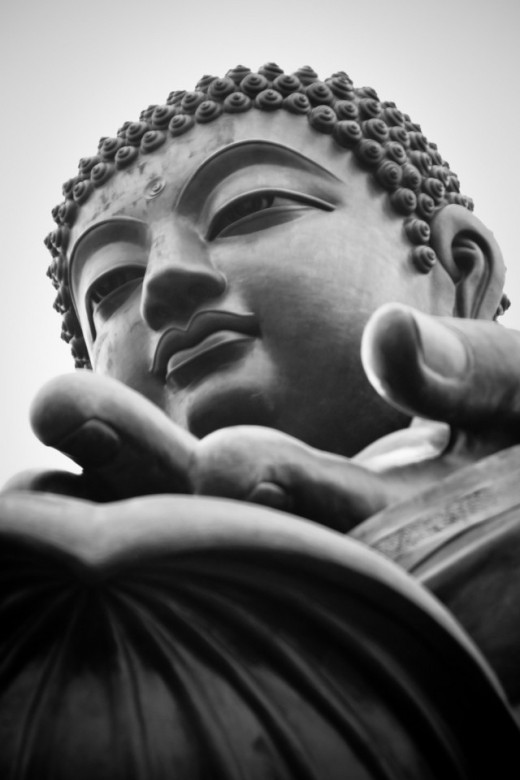
The Buddha Shakyamuni became fully and perfectly Enlightened 2,500 years ago. Since then, his teachings have spread all over Asia and, now, to Europe, the Americas, Australia, New Zealand and Africa.
Buddhism takes different forms in different parts of the world. Over the course of history, various traditions have evolved. They can look very different at times, but what do they have in common?
For example, the Zen tradition emphasizes simplicity, whereas Tibetan traditions are characterized by elaborate rituals.
Then again, there are different types of Tibetan traditions. Sometimes, Buddhists will identify with different yanas (more about this later).
In A Survey of Buddhism, Sangharakshita identifies what are the central teachings, going back to the Buddha himself.
The Central Teachings - The Central Teachings of Buddhism

A Survey of Buddhism states that, once we see Going for Refuge to the Three Jewels as central to all Buddhist traditions, teachings and practices, the question of which tradition or yana one is following becomes largely irrelevant.
The Buddha gave us certain basic teachings which form the common basis to all Buddhist traditions, and which, if practiced, will lead to Enlightenment.
Going for Refuge to the Three Jewels
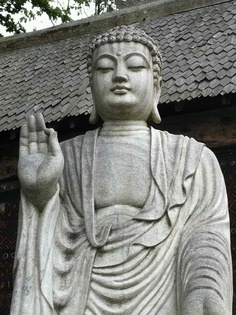
Sangharakshita states that Going for Refuge to the Three Jewels is the central act of being a Buddhist. This is what defines a Buddhist as a Buddhist.
The Three Jewels are:
The Buddha and the Enlightened Mind, which are our examples.
The Dharma, the teachings of the Buddha which lead to Enlightenment.
The Sangha, the community of Enlightened beings and those who have reached a high level of spiritual attainment which will eventually lead to Enlightenment.
When we order our lives around the Three Jewels, so that they inform our actions and our choices, we can be said to be Buddhists.
The Nature of Existence
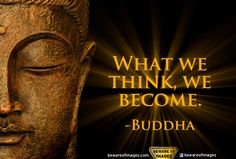
As Sangharakshita explains in A Survey of Buddhism, Enlightenment is part of existence. Subhuti has also explained and expanded on this in some of his rambles, particularly the ones on the Five Niyamas, which can be downloaded from Free Buddhist Audio - see the links at "Five Niyamas" below.
Enlightenment is conditioned. In this sense, it is not different from conditioned existence. But it is not cyclical. The Wheel of Life illustrates cyclical existence, and the author describes the Wheel in detail. But, unlike most Buddhist teachers, he also emphasizes another, lesser-known, teaching from the Pali Canon - that of the spiral path which leads to full liberation.
In order for Enlightenment to arise, the right conditions need to be in place. and one of those conditions is human volition - the right person, in the right place, at the right time, with Right Motive and Perfect Vision, must be present.
As I said above, A Survey of Buddhism is not an easy read. I have been privileged to study this text twice on retreat, and while I was pleased to see that my understanding of these teachings deepened with further study, I can see clearly that I need to continue to study them.
The Five Niyamas - Subhuti's Rambles around the Five Niyamas
- Subhuti's Rambles around the Five Niyamas 1
Subhuti's Ramble 1 around the Five Niyamas - Subhuti's Rambles around the Five Niyamas 2
Subhuti continues his rambles around the Five Niyamas. - Subhuti's Ramble Introducing the Five Niyamas
Subhuti's Ramble Introducing the Five Niyamas - Subhuti's Rambles around the Five Niyamas 3
Subhuti concludes his rambles around the Five Niyamas.
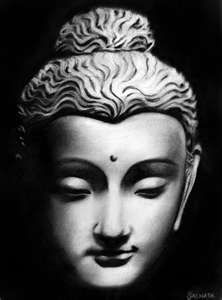
The Three Yanas
The Three Main Buddhist Traditions
Each of the main Buddhist traditions falls within one of the three yanas, or vehicles.
The term "hinayana", or "small vehicle", is a Mahayana term for the original Indian teachings, often referred to as the Pali Canon. Teachings from the Pali Canon tend to emphasize the need for the individual to take responsibility for his or her own development. The teachings of the Pali Canon were recited from memory during the Buddha's lifetime and for 500 years after his death, before being written down.
The Mahayana, or "great vehicle", emphasizes Buddhist practice for the benefit of all beings. As Sangharakshita explains in A Survey of Buddhism, the Mahayana was a re-statement of the Buddha's original teaching.
Practitioners of the "hinayana" tradition often emphasize the letter of the law.. The Mahayana focuses on the Buddha's actions as well as his words. The Buddha's words and actions exemplify wisdom and compassion. Thus the Mahayana includes the teachings of the Pali Canon as well as many teachings which focus on altruism.
The "vajrayana", or "diamond vehicle", emphasizes esoteric teachings and practices.
One thing I enjoy about A Survey of Buddhism is that it gives a glimpse of the great cosmic sweep of the Buddhist tradition as it exists throughout time and space, on countless world systems, This is very much in the Mahayana tradition.

